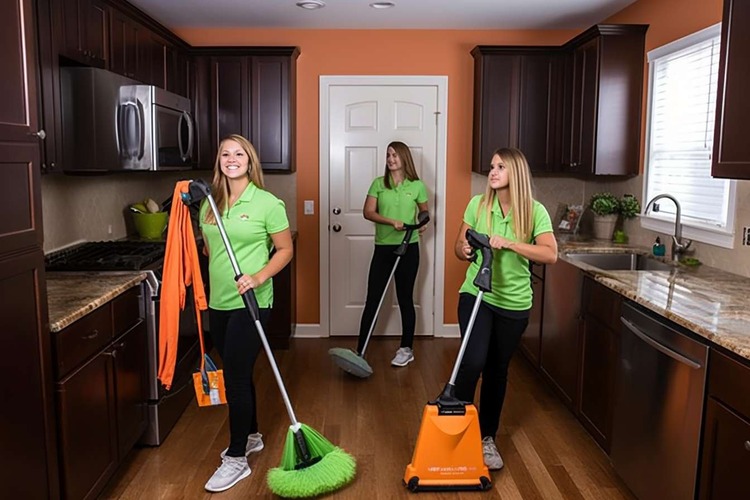Maid Service: What to Expect from Home Cleaning
A maid service provides scheduled or one-time house cleaning performed by paid staff or contractors. Many households use these services to maintain regular upkeep, prepare for events, or deep-clean after renovations. Understanding typical tasks, hiring practices, and service options helps set realistic expectations and ensures the cleaning matches your home’s needs and routines.

House: What tasks are typically included?
Typical house cleaning tasks cover surface dusting, vacuuming carpets, mopping hard floors, wiping countertops, cleaning sinks, and basic bathroom cleaning such as sanitizing toilets and wiping mirrors. Many services also empty trash, make beds, and tidy common areas. Deep cleaning options extend to baseboards, inside appliances, oven cleaning, and detailed scrubbing of grout or tile. When booking, clarify which rooms and tasks are included to avoid misunderstandings. Some providers list “standard” and “deep” packages; ask for a written checklist so the house cleaning aligns with your expectations and the quoted time.
Home: How to choose the right frequency?
Home cleaning frequency depends on household size, lifestyle, pets, allergies, and how quickly spaces become cluttered or dirty. Weekly or biweekly maid visits suit busy households and those with children or pets. Monthly or one-time cleanings can work for smaller households, occasional needs, or seasonal deep cleans. Consider trialing a frequency for several appointments and adjusting based on how well the home stays clean. Also evaluate whether you prefer recurring scheduling with the same cleaner for consistency, or flexible one-off bookings for specific events or turnovers.
Cleaning: What methods and supplies are used?
Cleaning methods vary by provider and client preferences. Many maid services bring their own supplies and use commercially available cleaning products, microfiber cloths, and HEPA-filter vacuums; some use green or fragrance-free products on request. Techniques focus on removing visible dirt, disinfecting high-touch surfaces, and improving indoor air quality through vacuuming and dust reduction. For homes with specific needs—sensitive occupants, children, or pets—discuss product choices and safety precautions. Clear communication about supplies, equipment access, and any limitations (e.g., not moving heavy furniture) helps technicians work efficiently and safely.
Maid: What qualifications and checks matter?
Qualifications for a maid or cleaner range from informal experience to formal training provided by cleaning companies. Key considerations are background checks, references, insurance, and whether staff are employees or independent contractors. Companies that carry liability insurance and offer worker verification can reduce risk for homeowners. Ask about training on safe chemical handling, use of equipment, and COVID-19 or hygiene protocols if relevant. For recurring service, consistency matters: inquire whether the same maid will return or if teams rotate, and how the provider handles replacements, missed appointments, or quality concerns.
Service: How are bookings, pricing, and policies handled?
Service logistics include scheduling, cancellation policies, payment methods, and guarantees. Many providers offer online booking for local services, set rates for standard visits, and add fees for extras or pets. Clear policies on cancellations, rescheduling, and claims for damage are important. Some companies provide itemized invoices listing tasks performed, while independent cleaners may operate on cash or direct transfers. Check whether tips are expected, how supplies are billed, and what happens if a service falls short. Reading terms before the first appointment helps prevent surprises and establishes how service issues will be resolved.
Conclusion
Maid service options range from independent cleaners to organized companies, each with distinct approaches to tasks, scheduling, and policies. By clarifying the scope of work, preferred supplies, frequency, and provider qualifications up front, you can align expectations and maintain a cleaner, safer home environment. Regular communication and a written checklist or agreement help ensure consistent results without confusion.






